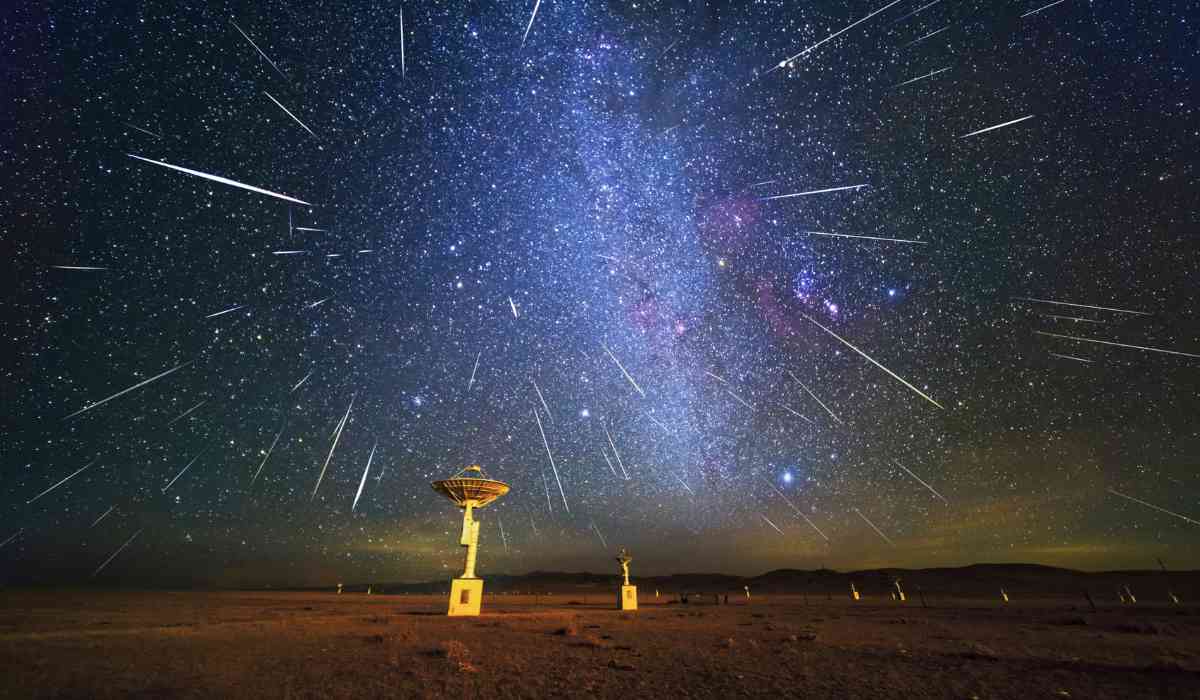In Ladakh's Hanle Dark Sky Reserve, the Geminid meteor shower transformed the night into a celestial spectacle, dazzling stargazers with its cosmic performance. This extraordinary cosmic spectacle took centre stage against the backdrop of the Indian Astronomical Observatory, showcasing its monumental MACE telescope and the array of HAGAR telescopes in a 360-degree panorama.
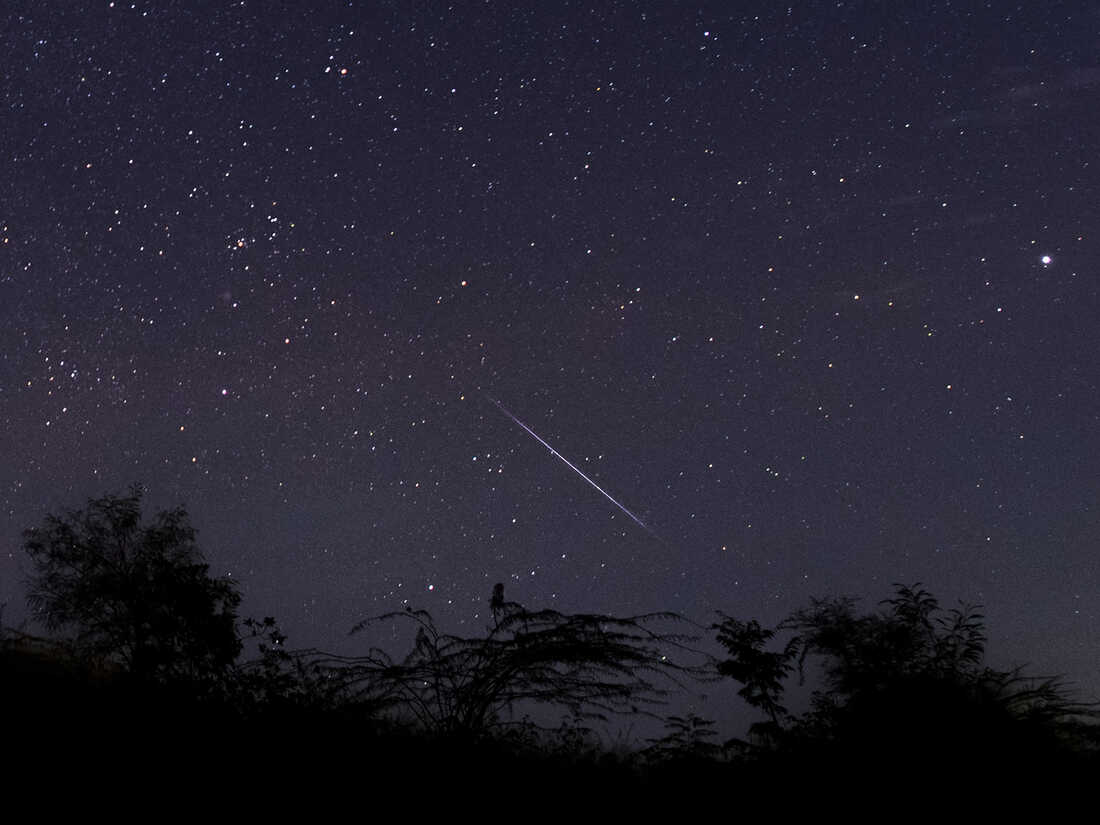
The Geminid meteor shower, a result of Earth's passage through debris left by an asteroid known as 3200 Phaethon, is renowned for its dazzling display of shooting stars, boasting up to 120 meteors per hour under optimal dark-sky conditions. At Hanle, viewers were treated to an awe-inspiring scene, witnessing not just one or two but occasionally three meteors streaking across the sky simultaneously.
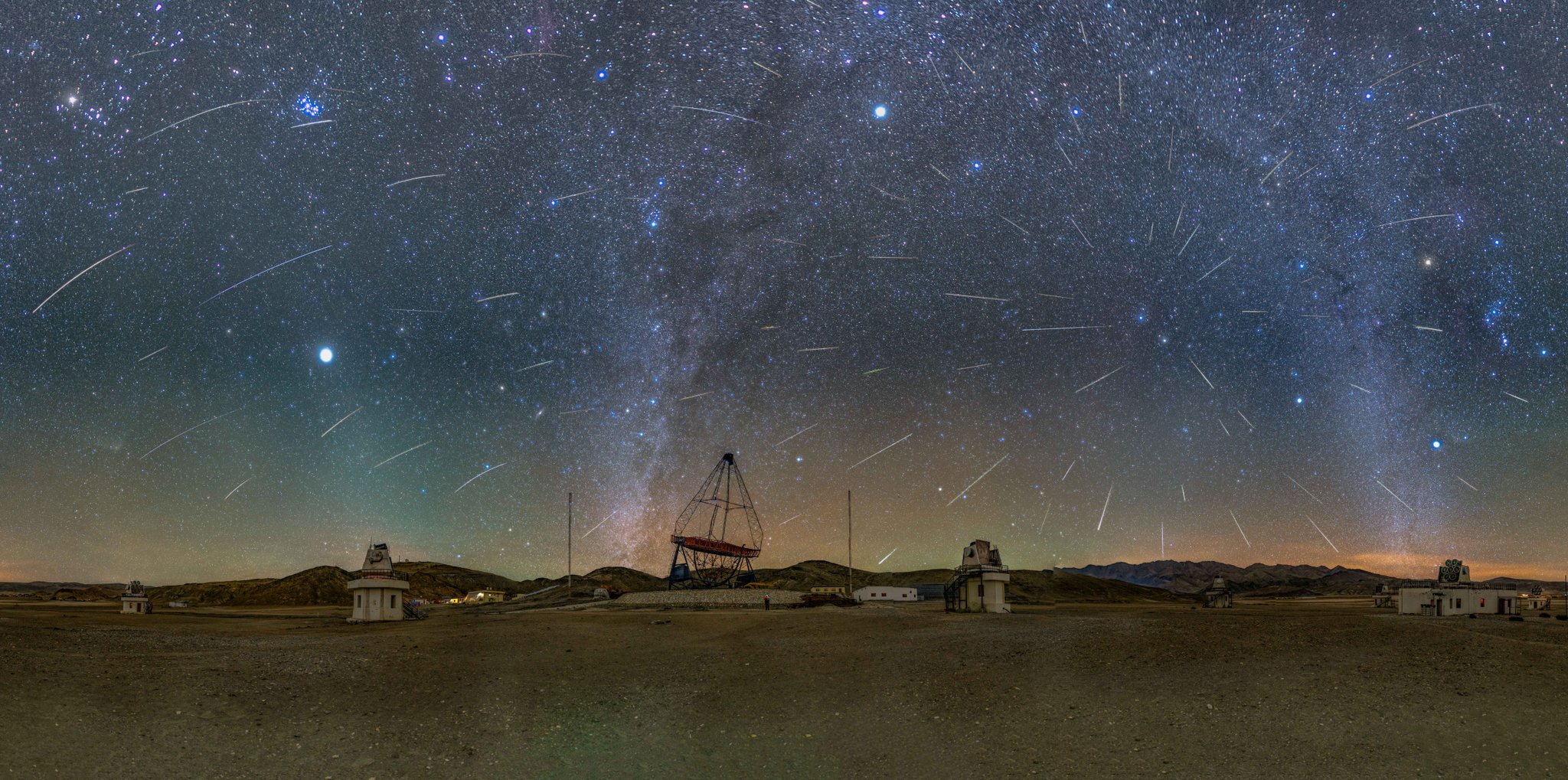
Pic Credit: Dorje Angchuk
Dorje Angchuk from the Indian Astronomical Observatory skillfully captured these remarkable moments. Dorje revealed on platform X that photographing this celestial marvel demanded meticulous planning and technical expertise. The stunning imagery comprised a compilation of 42 pictures, culminating in a colossal 2 GB file that tested the limits of photography equipment. Using a dual camera setup over two nights, the final image emerged, showcasing the majestic Geminids juxtaposed against the observatory's silhouette.
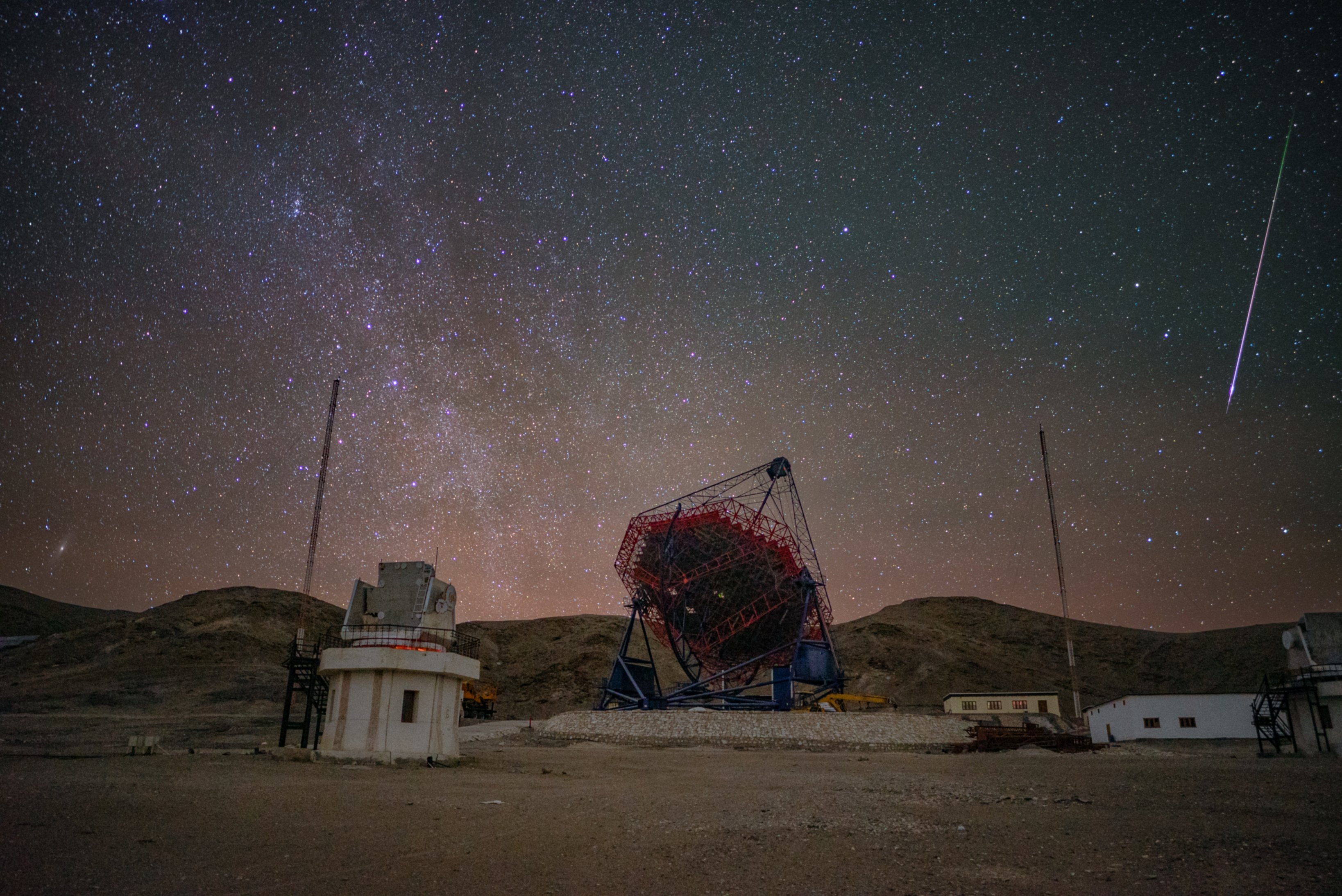
Pic Credit: Dorje Angchuk
Hanle Dark Sky Reserve, designated in October 2023 to combat light pollution and safeguard natural darkness, has swiftly emerged as a prime destination for astrotourism, fostering national pride in India. As the country's inaugural Dark Sky Reserve, Hanle is paving the way for future astrotourism endeavours, offering a mystical encounter for both seasoned astronomers and casual stargazers alike.
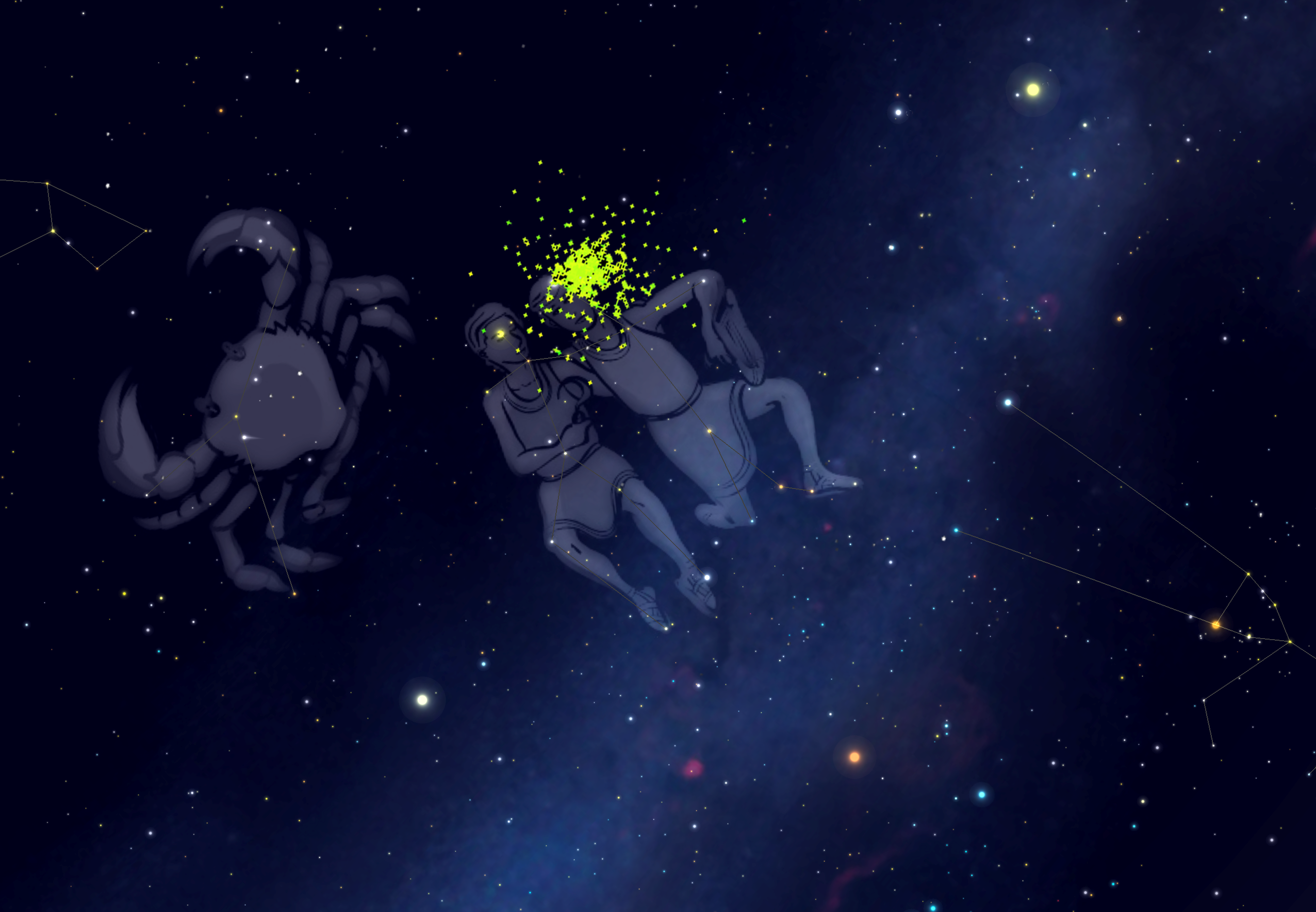
Understanding the Geminids:
The Geminids represent a prolific meteor shower stemming from 3200 Phaethon, an asteroid potentially originating from a larger comet. NASA notes that these meteors are denser compared to others, descending as low as 29 miles above the Earth's surface before burning up. They stand out as one of the most dependable and impressive annual meteor showers.
Speed of the Geminids:
With a staggering velocity of 35km/second, Geminids race across the sky at a speed over 1000 times faster than a cheetah, around 250 times swifter than the fastest car, and more than 40 times the pace of a speeding bullet. Bill Cooke, leading the Meteoroid Environment Office at NASA's Marshall Space Flight Center in Huntsville, describes them as "pretty meteors" due to their distinctive greenish hue, unlike the typical colourless or white appearance of most meteors.
© Copyright 2023. All Rights Reserved Powered by Vygr Media.

